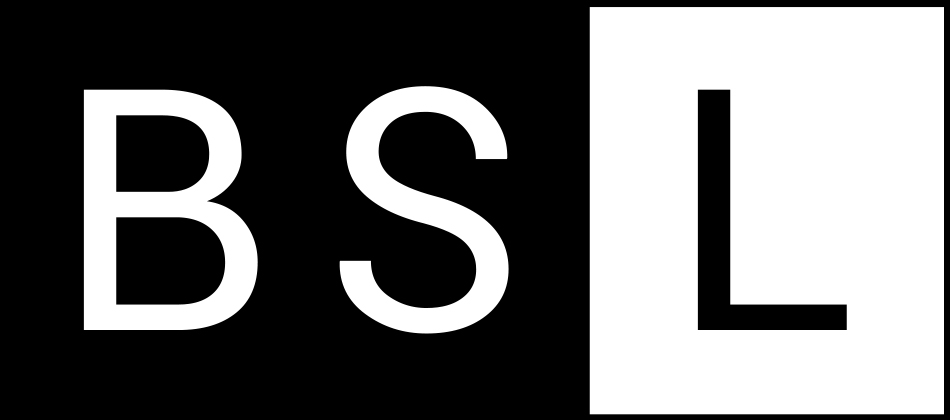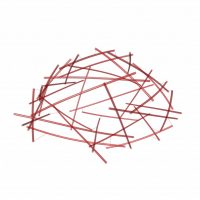6.4.04. SubD to Rection

DESCRIPTION
This exercise builds up on the “Polyhedra to Rection” exercise to produce rection structures from easily freeform SubD geometry. Rection structures have been defined by Andry Widyowijatnoko et. al (2019) as a synthesis of reciprocal and tensegrity structures. Rection structures rely on both the bending stress of rigid members and pre-stressed cables for their stability. By remeshing the SubD geometry to quad- or triangulated meshes, NGons can be used to generate a non-repetitive reciprocal framework and then rection structures. Note that delicate manipulation of the input geometry and parameters may be required to arrive at physically stable end structures.
PROCEDURE
1. Model a SubD geometry in Rhino and bring it into Grasshopper
2. QuadReMesh the SubD geometry following parameters of your choice
3. Use NGon to turn the QuadReMesh’s face curves into an NGon
4. Convert the NGon into a Reciprocal Framework by controlling the rotation and scaling of the its edges
5. Identify the tension cables by finding the shortest connecting curve between related edges using the Curve Proximity button
6. Apply a similar logic as used in the “Rection Simulator” exercise to activate the structure
7. Note that by reducing the target length of the tension cable, the system is put under tension, providing greater stability
This exercise is using Grasshopper version 1.0.0007
References:
Widyowijatnoko, A., Irwanuddin, I. & Aditra, R.F. Rection as a Synthesis of Reciprocal and Tensegrity Structure. Nexus Netw J 21, 465–478 (2019). https://doi.org/10.1007/s00004-019-00443-6
Daniel Piker, Kangaroo Physics (by Daniel Piker), https://www.food4rhino.com/app/kangaroo-physics, Accessed August 6, 2020
Petras Vestartas, Aryan Rezaei Rad (2021). NGon: Tool for Mesh Processing and Timber Engineering Design. https://doi.org/10.5281/zenodo.4550592



